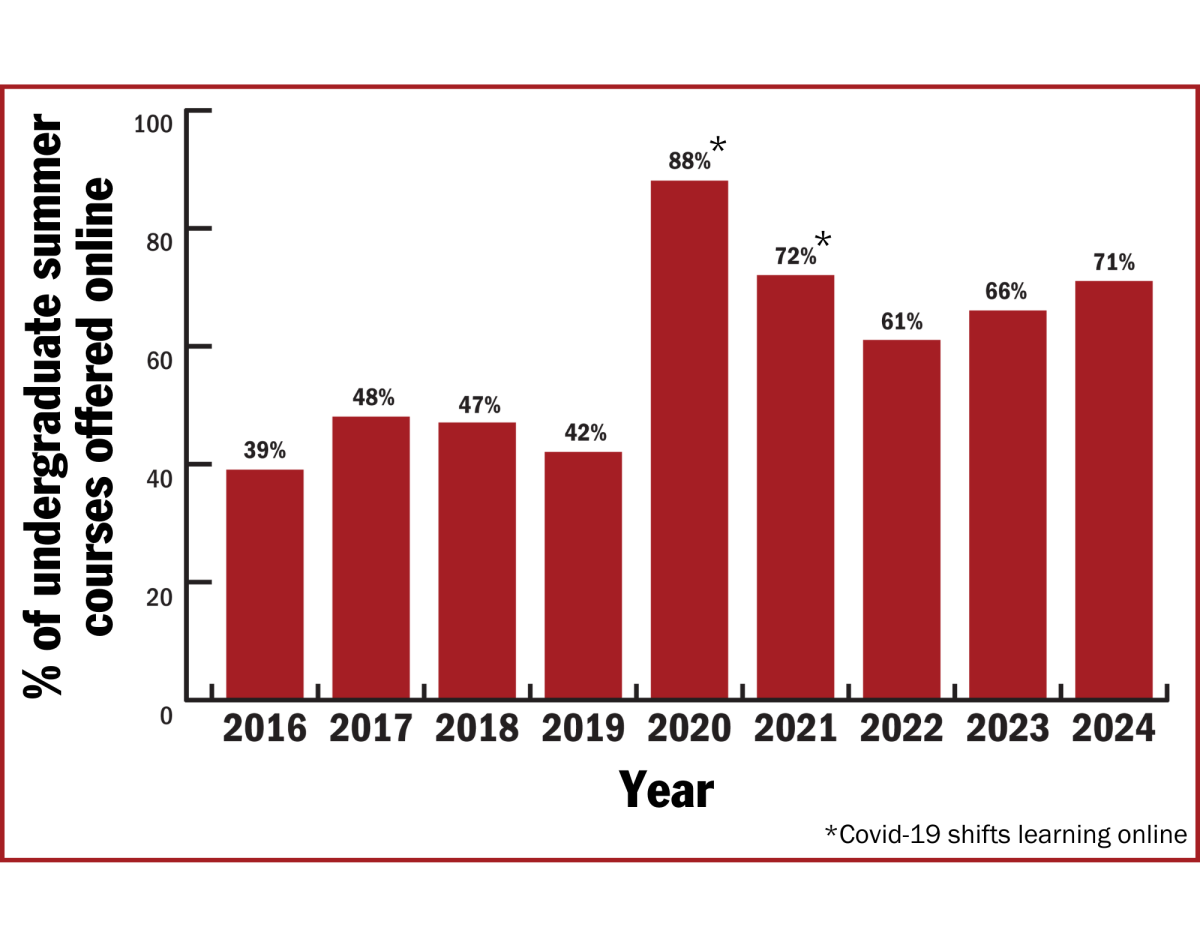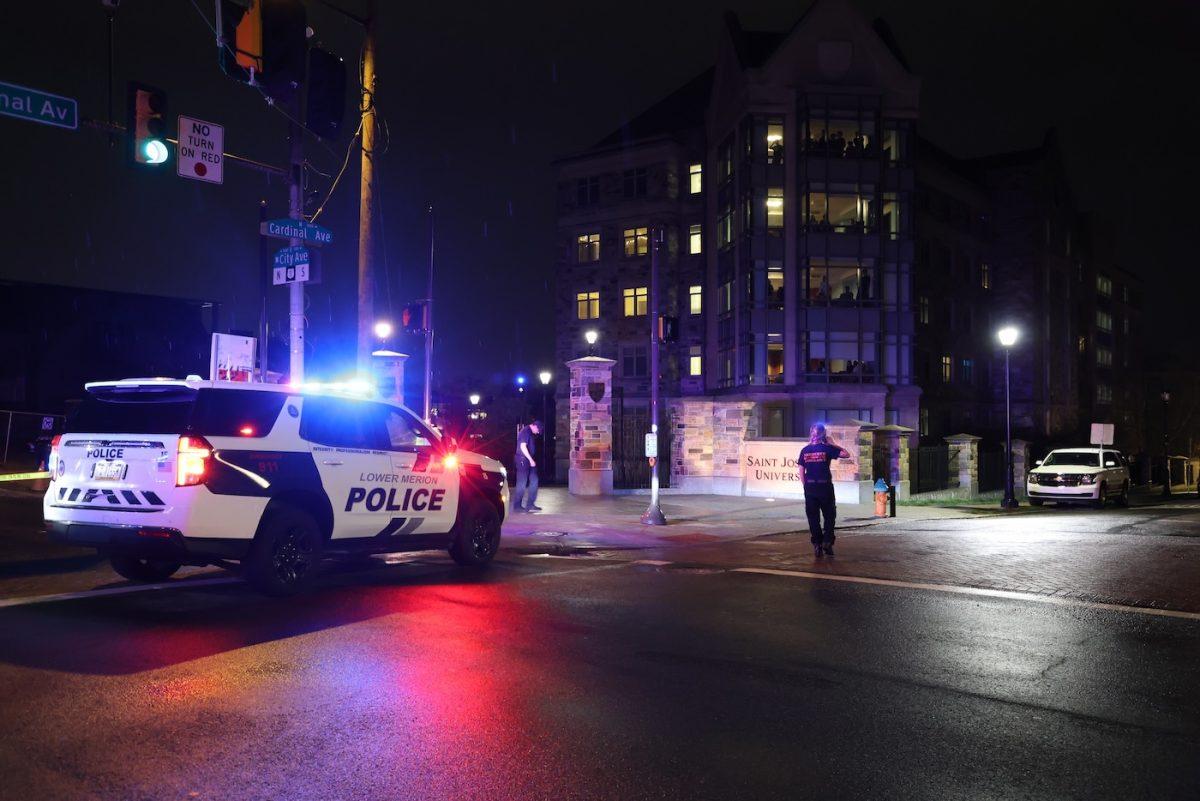Pennsylvania Congressional map ruled unconstitutional
1. PA Supreme Court Decision
The Pennsylvania Supreme Court ruled on Jan. 22 that the state’s Congressional map “clearly, plainly and palpably violates the Constitution of the Commonwealth of Pennsylvania.” The court affirmed that the map was unconstitutionally gerrymandered in favor of Republicans. The old map was created by a Republican dominated legislature in 2011, and split Pennsylvania into 18 oddly shaped districts.
2. The Republican and Democratic Reaction
Pennsylvania Gov. Tom Wolf said in a press release that he was happy with the decision.
“I strongly believe that gerrymandering is wrong and consistently have stated that the current maps are unfair to Pennsylvanians,” Wolf said. “My administration is reviewing the order and we are assessing the executive branch’s next steps in this process.”
Republican Senate President Pro Tempore Joe Scarnati and Senate Majority Leader Jake Corman said via a press release that the ruling was “a partisan action showing a distinct lack of respect for the Constitution and the legislative process.”
3. What is Gerrymandering?
Gerrymandering is the purposeful manipulation of Congressional maps by partisan state legislators in order to gain a numeric advantage over an opposing political party.
“The purposes of gerrymandering are to maximize the number of legislative seats that can be won by the political party in charge of redrawing the district boundaries, and to create ‘safe’ seats for the party’s incumbent legislators,” according to a 2009 study on Gerrymandering and Legislator Efficiency by University of Delaware professor John Mackenzie, Ph.D. “It has been recognized as an American political art form since 1812.”
In a 2017 study, the Brennan Center for Justice found Michigan, North Carolina and Pennsylvania’s Congressional maps as the three most consistent examples of extreme levels of partisan bias. The study notes: “The distortion in their maps has accounted for seven to ten extra Republican seats in each of the three elections since the 2011 redistricting, amounting to one-third to one-half of the total partisan bias across the states we analyzed.”

4. Is one party responsible for Gerrymandering?
While Republicans are currently facing criticism for their Congressional map in Pennsylvania, it is important to note that, according to David Wasserman, U.S. House editor for the Cook Political Report, gerrymandering is by no means a uniquely Republican quality.
“Democrats haven’t gerrymandered any less aggressively than Republicans. They just had less than a quarter of the power to do so in 2011, hence the GOP’s current advantage,” Wasserman said an article in an article for ESPN affiliate “FiveThirtyEight.” “As politics in the U.S. has polarized along geographic and racial lines, drawing political maps has become a partisan arms race.”
5. The impact of a new map
A new map could open up the possibility for Democrats to put a dent in the 13 to 5 majority that Republicans currently hold in the Pennsylvania House of Representatives.
In Pennsylvania, the majority of Democratic voters are concentrated around Philadelphia and Harrisburg. The Democratic party consistently wins these districts by large margins, as exhibited in the 2016 Presidential election, but their numbers are low compared to the rest of the state. Republican voters are much more evenly spread around the state, and win many more districts.
“First, more than in past decades, Democratic voters are inefficiently clustered in big cities and college towns,” Wasserman said. “That means that in many states, it’s easier for Republicans to pack Democratic voters into a few lopsided districts than vice versa — a natural geographic advantage for the GOP.”
6. Timeframe for a new map?
According to the court decision, a new map will have to be created by the Republican controlled general assembly, and submitted to Gov. Wolf by Feb. 9. If he accepts the proposed plan, it will then be submitted to the court by Feb. 15.









































